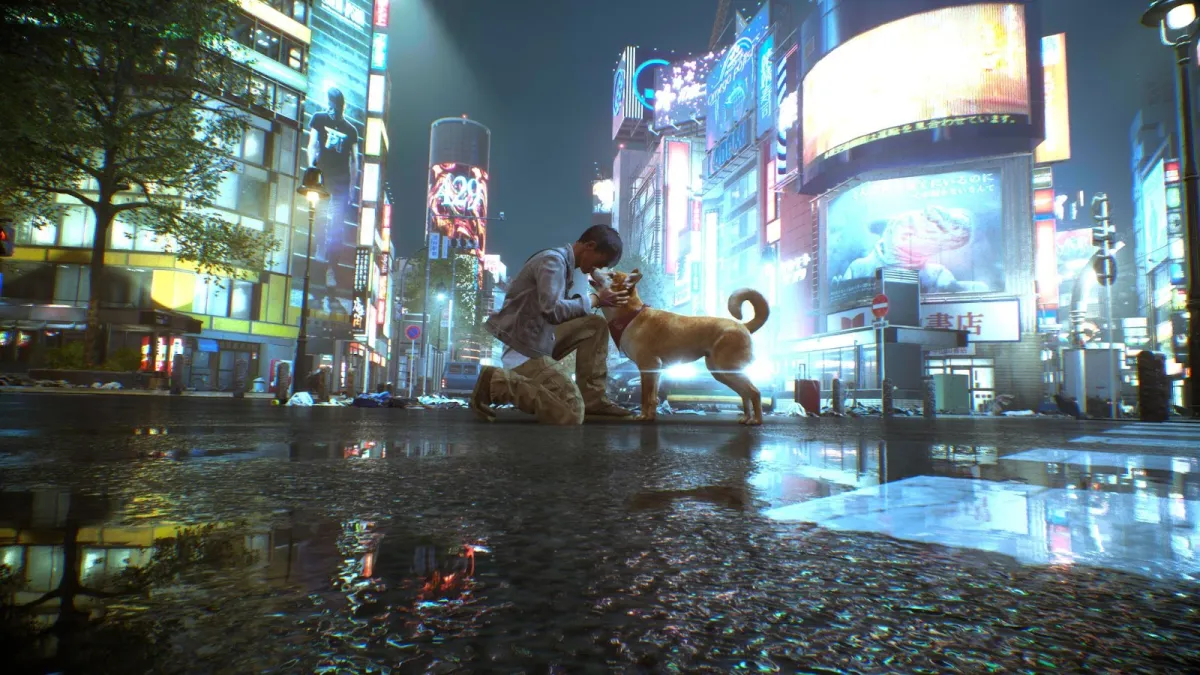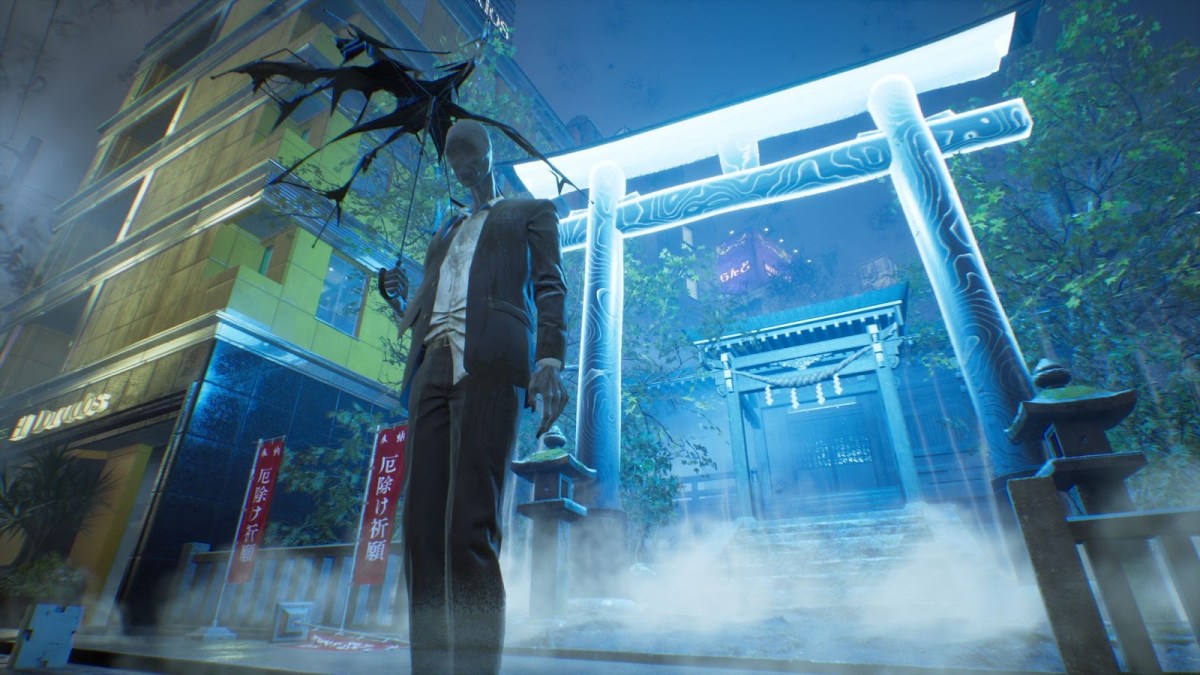I’ve never been to Tokyo myself, though I’d love to visit someday. People I know who have gone have told me it’s quite the sprawling cityscape, with multiple wards the size of entire cities elsewhere in the world. If you had free rein to explore such a place, barring the occasional malevolent spirit, I’d be willing to bet you’d milk it for all it’s worth. Ghostwire Tokyo is a fairly faithful recreation of modern-day Tokyo for the most part, but is Ghostwire Tokyo open world?
That’s a bit of a tricky question, as the definition of “open world” is open to interpretation, especially these days. If you want to get really specific about it, Ghostwire Tokyo is less of an “open world” game, and more of a linear game that also has some open world stuff to do.
Ghostwire Tokyo’s overworld does have a good amount of stuff to explore and collect, and you will need to do some of it to progress. There are torii gates you have to cleanse to remove the corrosive fog covering the city, there are loose spirits floating around for you to collect and send to Ed via phone booths, and there are a good number of sidequests that pop up regularly. There are even collectible quests, such as uncovering various hidden tanuki or finding treasures for the nekomata.
However, the majority of these elements don’t really tie into the main story. You don’t have to explore the city if you don’t want to, as it’s entirely possible to just beeline straight for your next major story objective, barring the occasional torii gate cleansing to clear the way. Major story setpieces all take place within linear, scripted areas, so while there is an open world approach to getting from place to place, all of the important stuff goes in a straight line.
In an interview back in February with GameRant, the game’s director, Kenji Kimura, described the experience as a “sandbox-style action-adventure type of game.”
“The size of the map wasn’t very important to us,” Kimura said, clarifying that the map is still “fun, sizable, and playable.”





Published: Mar 31, 2022 05:42 pm